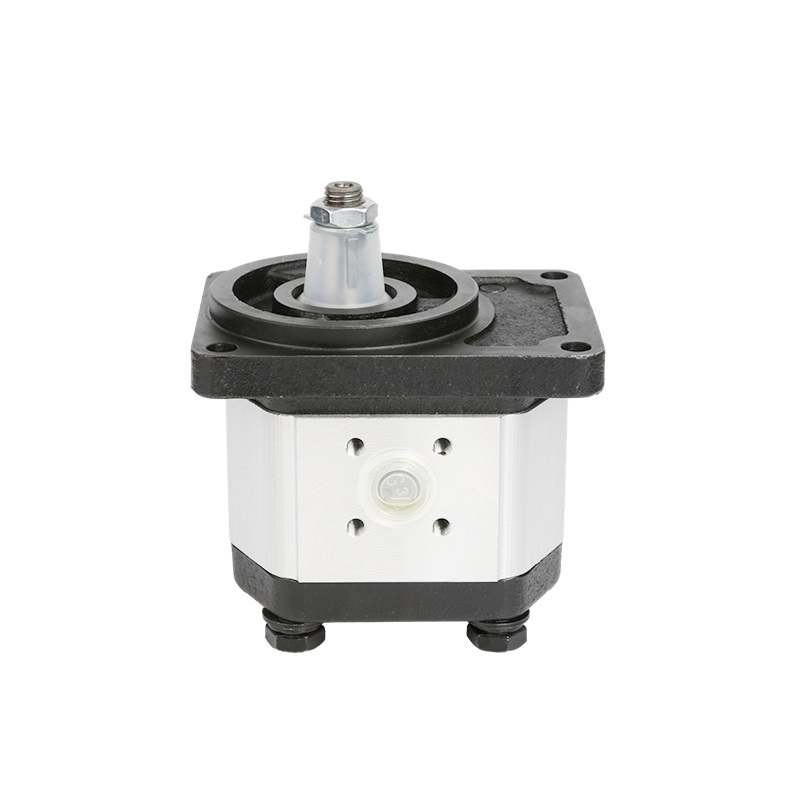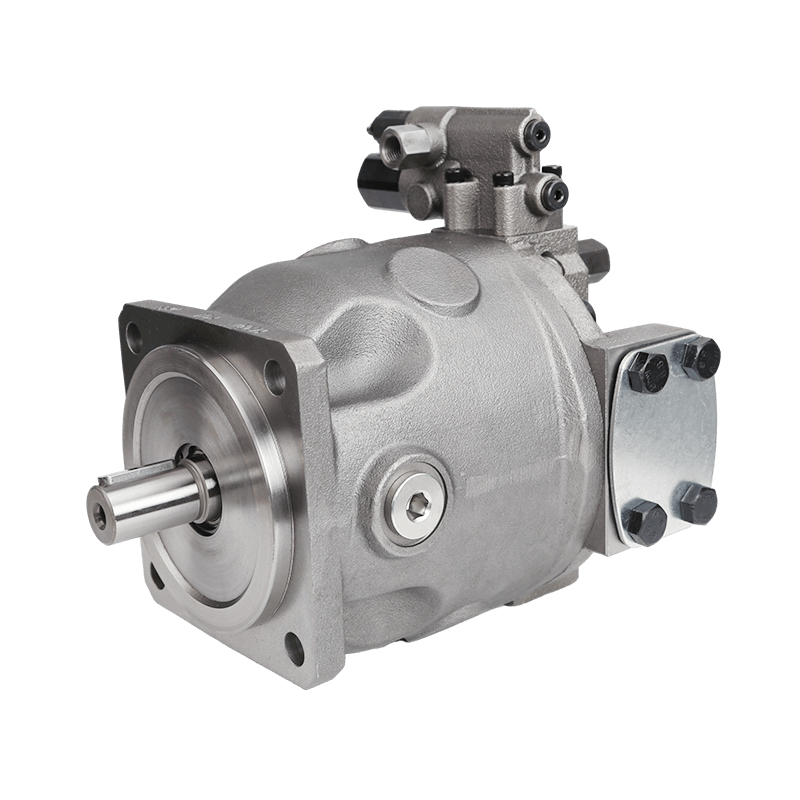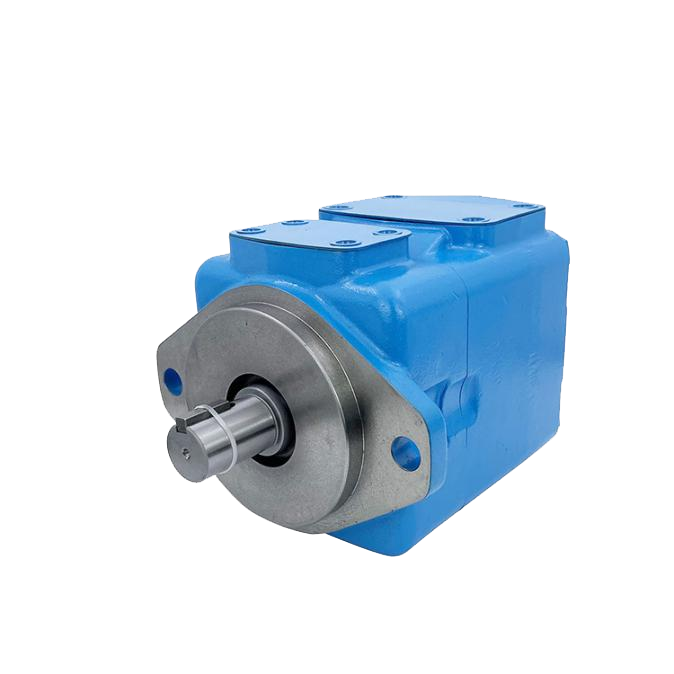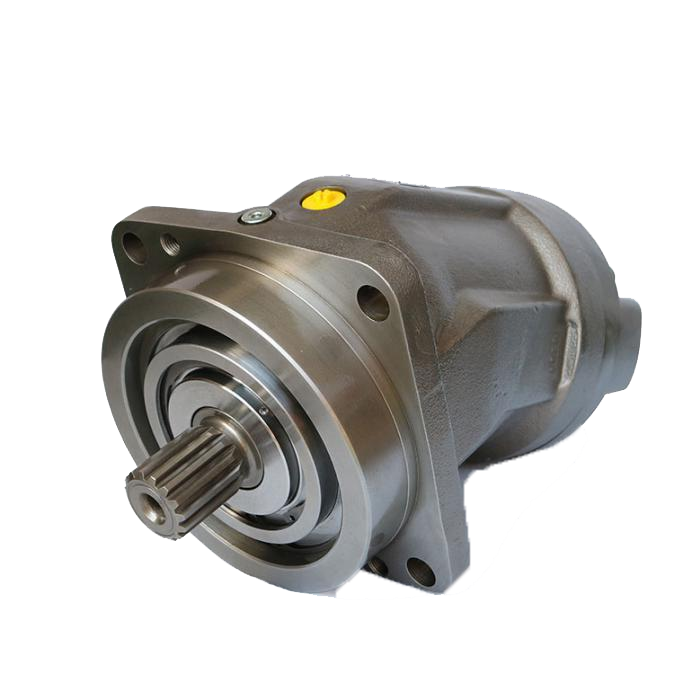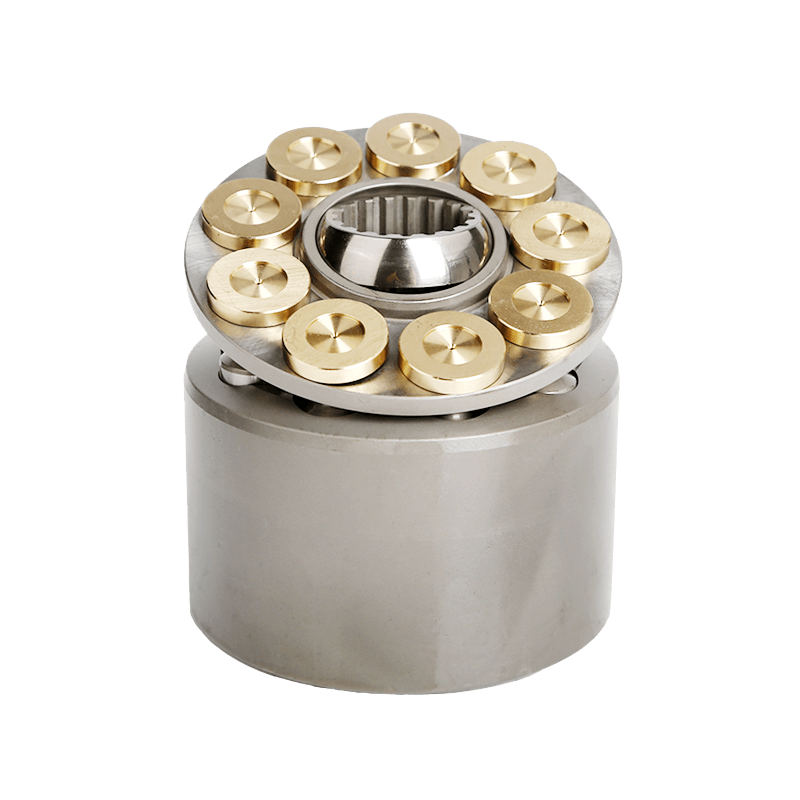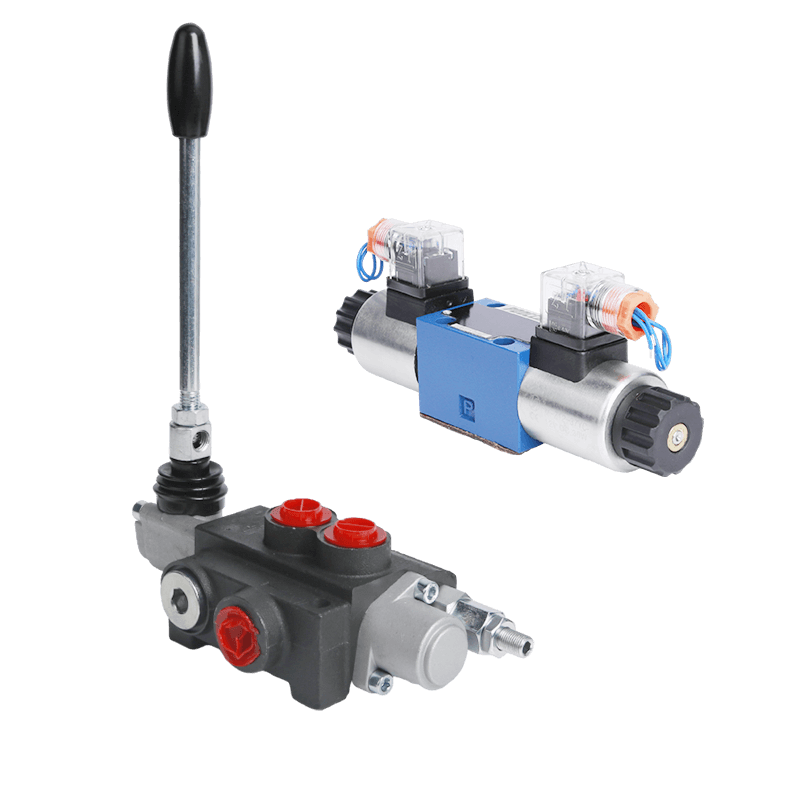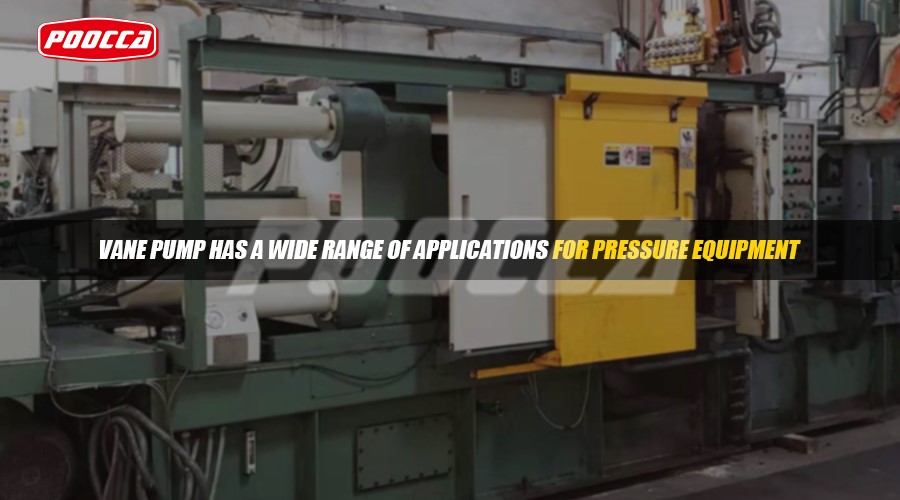Amid a global energy crisis and increasing environmental concerns, energy conservation and emission reduction have become an important issue of global concern. Pumps are the core equipment for fluid transportation, and its energy efficiency is directly related to the efficiency of energy utilization and the degree of environmental pollution. Among them, the vane pump is a common pump type, widely used in various industrial fields.
Working principle of vane pumps and energy efficiency features
Working principle
The working principle of vane pump is based on the principle of centrifugal force and fluid dynamics. When the pump shaft rotates, the vane opens outward under the action of centrifugal force, and the pump body to form a number of sealed pump chamber. With the rotation of the impeller, the liquid in the pump chamber is pushed to the outlet by centrifugal force, thus realizing the continuous transfer of liquid. In this process, the energy conversion efficiency of the vane pump, fluid dynamics and mechanical losses and other factors together determine the level of energy efficiency.
Energy efficiency characteristics
The energy efficiency characteristics of vane pumps are affected by a variety of factors, including vane design, pump structure, operating parameters, and so on. Vane shape, number, angle and other design parameters directly affect the pump flow and head, which in turn affects the energy efficiency. Reasonable vane design can reduce friction loss and vortex loss of fluid in the pump and improve the pump’s conveying efficiency.
Streamlined design of the pump body, inlet and outlet diameters, sealing structure, etc. also have an impact on pump energy efficiency Optimization of pump body design can reduce flow rates in the pump, thereby reducing energy consumption. In addition, pump operating parameters such as speed, flow rate, and head will affect energy efficiency. In the right operating range, the pump can maintain good energy efficiency.
When it comes to hydraulic vane pumps, there are single vane pumps, double vane pumps, and triple vane pumps. The brands include Vickers, Parkers, Yuken, etc.
V vane pump, VQ vane pump, T6 vane pump, T7 vane pump, PV2R vane pump
The role of vane pumps in energy saving and emission reduction
Improve the efficiency of energy utilization
By optimizing the design of the vane pump, the energy efficiency can be effectively improved. Appropriate vane design and pump body design can reduce friction losses and flow resistance of the fluid, thus reducing energy consumption. Furthermore, changing the pump operating parameters, such as speed, flow rate, head, etc., enables the pump to operate at a more efficient operating range, further improving energy efficiency These features help businesses reduce energy costs and improve financial efficiency.
Reduce emissions and pollution
Improved energy efficiency means that less energy is required for the same amount of work, therefore reducing the burden and ecological damage of pollutant emissions such as air pollution, heat and so on Besides, improving the design and manufacture of the pump can also reduce environmental pollution problems such as leakage and evaporation. These factors contribute to the realization of green manufacturing and sustainable development in the industrial sector.
Promoting technological progress in the industry
Analysis and optimization of vane pump energy efficiency can lead to technological improvements and innovations in the pumping industry. Continuously improving and optimizing vane pump design and manufacturing can improve energy efficiency throughout the industry, pushing the industry towards environmentally friendly growth work more efficiently. Not only does this improve the competitiveness of the companies, but it also improves energy saving and emission reduction. Meanwhile, with ongoing developments and innovations in technology, the potential of vane pumps in terms of energy saving and reducing air pollution will continue to be explored and exploited.
Energy efficiency optimization of vane pumps
Optimization of vane design: Through the study and application of advanced fluid dynamics theory, design parameters such as the shape, number and angle of the vane are optimized. Numerical simulation techniques are used to predict and evaluate the performance of vane pumps in order to improve the efficiency of the vanes and reduce the friction loss of the fluid. At the same time, new materials and technologies can be considered, such as polymer materials, coating technology, etc., to improve the abrasion and corrosion resistance of the vane and extend its service life.
Improve the pump body structure: Optimize the flow channel design of the pump body to reduce the fluid flow resistance and vortex loss in the pump. The use of advanced material technology and sealing technology to improve the wear resistance and sealing performance of the pump body, reduce leakage and volatilization and other environmental issues. In addition, you can also consider the use of new structural design, such as double runner design, multi-stage tandem design, etc., to further improve the energy efficiency and stability of the pump.
Reasonable adjustment of operating parameters: According to the actual working requirements, rationally adjust the operating parameters such as rotational speed, flow rate and head of the vane pump. Establishment of intelligent monitoring system, real-time monitoring and adjustment of the pump’s operating status, to ensure that the pump is running in the high-efficiency zone. At the same time, frequency conversion speed control technology can be considered to adjust the pump speed according to the actual demand, to achieve more flexible energy management.
Conclusion
As an important transportation tool, vane pumps play an important role in saving energy and reducing emissions. Through in-depth analysis and optimization of the vane pump’s energy efficiency, we can significantly improve its energy efficiency, reduce emissions and pollution, and encourage technological advances in performance. Analysis and energy efficiency of vane pumps are not limited to the performance, but should also be considered in the broader perspective of improving the energy efficiency of vane pumps in application in all its usefulness.

